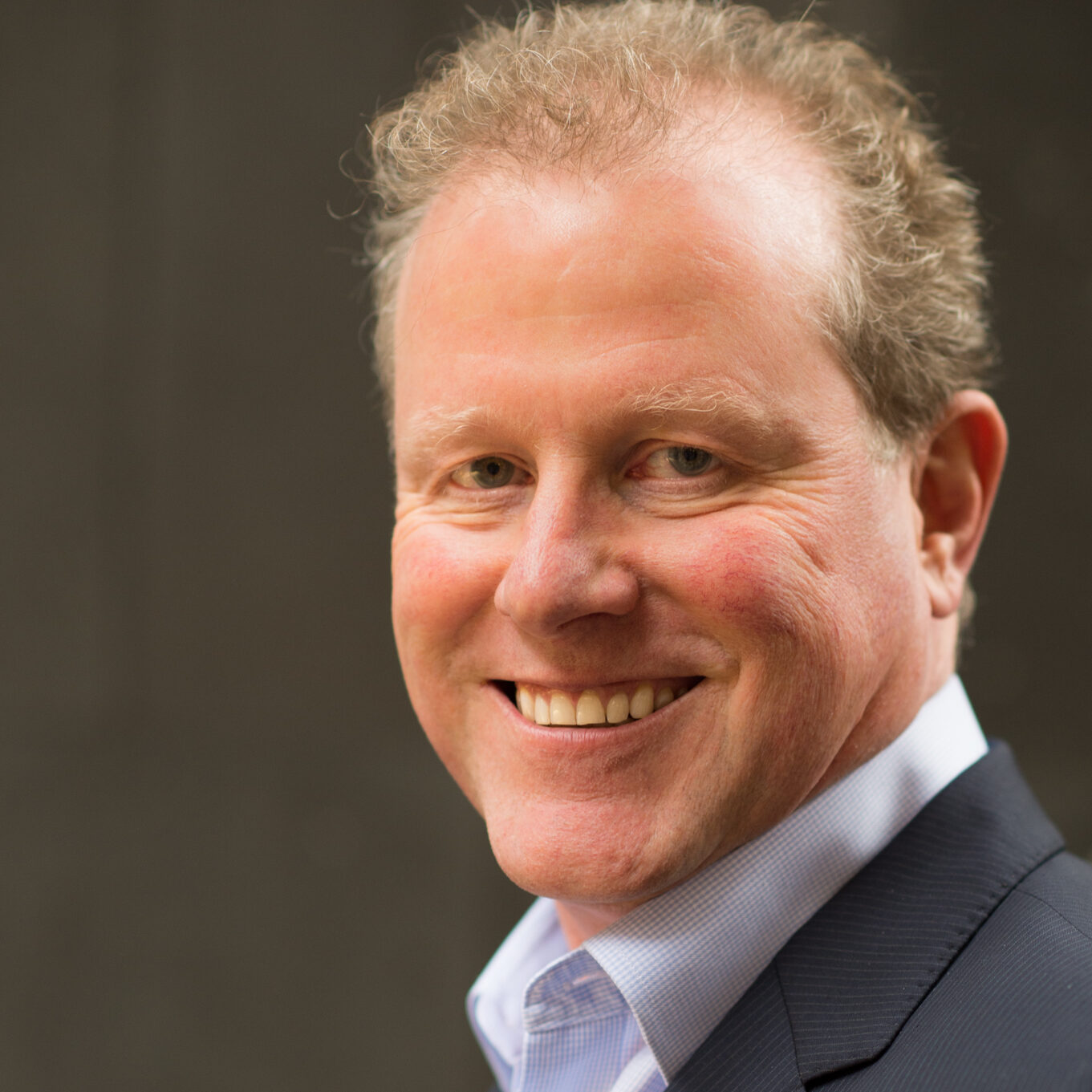01/05/2012
Tony Klim, Bravura Solutions’ CEO discusses the transfer agency industry, current market trends and the challenges facing clients.
How has the transfer agency industry been developing?
From a technology perspective, the focus is on greater operatonail efficiency and an expansion of services. The fund industry, like a number of other industries, is consolidating. Many of the larger players have multiple platforms servicing multiple clients. In search of efficiency, they are reducing the number of platforms whilst still offering an increasing range of services to their clients.
What are some of the key challenges at present?
The impact of the global financial crisis and economic downturn is reflected in a more challenging regulatory environment. Investors are increasingly demanding high corporate governance standards and transparency in the companies they deal with, and regulators have acted to provide this.
The initial aftermath of the crisis forced belt-tightening across the industry. Budgets are rebounding with investments focused on driving efficiencies and complying with new requirements. In fund management administration, you often get a blurring of the overall business model between custody, fund accounting and transfer agency. There is now a real focus to find profitability in each of these areas.
Another driver has been the change in the relationship between transfer agency and distribution. Innovative technology solutions that allow distributors to operate efficiently online and add value are key to accommodating this change. As such, we’ve invested a lot of time in our recently launched taWeb solution, providing enhanced distributor services.
In the UK, the hot topic has been the emergence of wrap platforms and fund supermarkets. To date, most players have developed their own platform, but we expect to see a convergence to service providers in a similar manner to that experienced with transfer agency. These service providers will be able to offer what they see as a value added service. They will be able to support not just the individual fund managers, but also wealth managers, IFAs, bancassurers, networks, etc. and offer the broader set of the investment administration services they require.
What do organisations want from transfer agency?
We supply a number of different transfer agency providers, from the biggest third party administrators to individual fund managers, and there is significant variation between them.
Some don’t think of transfer agency as a profit centre in its own right, but rather as part of a value chain offering that maintains a strategic relationship with a client in the midst of a range of other services. However, whenever there is market pressure, organisations break down their value chain elements, increasing the focus on transfer agency as a standalone profit centre.
Previously overlooked and underrated, organisations are starting to recognise that well-delivered transfer agency can improve customer service and increase assets under management.
How does the industry vary between regions?
The domestic markets in Europe including the UK, Dublin and Luxembourg, as well as the US are more mature than others in the evolutionary cycle. We’re starting to focus on less established markets like Latin America and Asia, where there are possibilities for growth and some way for the market to evolve in terms of transfer agency and platforms. The trend towards using common service providers in emerging markets is still in its infancy.
The main difference between markets is the distribution model – whether it’s independent, tied agent or bank owned.
In mature markets, it’s all about how you differentiate, and the big service providers are moving into broader wealth management provision. In the UK platform space, there are 60-80 wealth managers all replicating similar infrastructure, it’s a very fragmented market with plenty of opportunities for consolidation of technology and common service provision.
How automated is transfer agency provision now? How much more could be done?
Levels of automation vary by location. The UK has high STP rates, however, cross-border providers, particularly those which distribute into Asia, continue to rely heavily on faxed trade orders, manual trade entry and its well documented shortcomings.
The advantages to eradicating manual processes are well-known – increasing efficiency, eliminating costly human errors and offering system consumable response messages. Product providers need to find ways to incentivise distributors to use STP mechanisms and convince them of the mutual benefits of full STP connectivity. The key problem as always is who pays to set up the infrastructure – distributor or product provider?
Integration of STP and messaging technology with the back-office environment is also critical – an area in which our Babel messaging solution is particularly strong.
How much impact are increased regulatory obligations having?
Support for regulatory change such as the Retail Distribution Review in the UK can be very expensive to implement, especially if you are a single fund manager. There are clearly economies of scale by using a software or service provider.
Our clients have faced a wave of regulation from the UK, Europe and the US, and we are changing and developing our systems to deal with these increased regulatory requirements.
How can technology help?
There are key areas where technology can help: it must have the ability to support scale; it must be configurable; it must meet the requirements of the individual fund managers, and it must support multiple distribution models. We make a big deal about following the service oriented architecture model to ensure interoperability.
An example of technology being used to solve data integration issues is our recently unveiled Operational Data Store (ODS). Transfer agents are sitting on huge amounts of data and market intelligence; the ODS provides a single, integrated view of consistent, high-quality data across multiple systems – essential for accurate and actionable commercial insight.
What makes a good technology partner?
Bravura Solutions is a proven provider and we know that what we can bring to the table is extensive industry knowledge. We have a core competency in taking legacy systems, modernising the technology and turning them into agile, standards based solutions – without compromising or losing any functionality, and then delivering that as a managed service.
We have made a name in this sector, partly through acquisition but also through development and delivery.
Gazing into your crystal ball – how do you see transfer agency developing in the next few years?
I see a number of key opportunities for transfer agency providers in the years ahead, driven by the need to operate efficiently on an increasingly global basis:
- The position of transfer agency in the value chain will continue to adapt, with a move to support distributed services with a broader wealth management record keeping proposition. There is opportunity for transfer agents to move up the value chain, developing services beyond traditional record keeping, to manage the changing nature of distribution.
- There will be further focus on emerging markets such as Latin America and Asia. There are tremendous opportunities and challenges across transfer agency, wealth management platforms and STP capabilities.
- As the hedge fund market continues to mature, there will be an increasing need for consolidation with long fund transfer agency platforms.
More Insights

